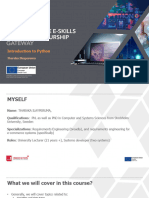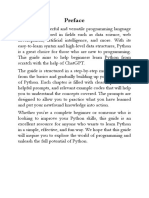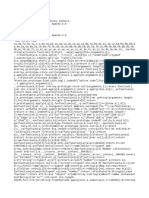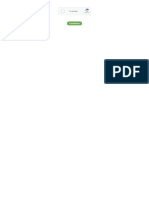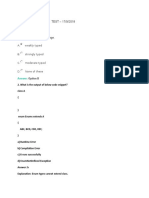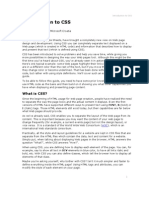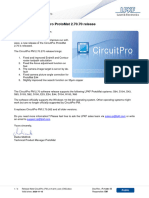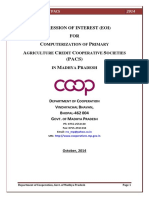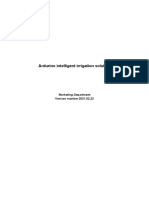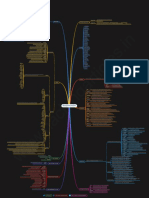Python Programming: A Comprehensive Introduction
Introduction to Python
Python is a high-level, general-purpose programming language known for its readability and
ease of use. It's widely used in various domains, including web development, data science,
machine learning, and automation. Python's clean syntax and emphasis on code readability
make it an excellent choice for both beginners and experienced programmers.
Basic Python Syntax
● Variables: Used to store data.
Python
x = 5 # Assigning a value to a variable
● Data Types: Python has various data types, including integers, floats, strings, booleans, lists,
tuples, dictionaries, and sets.
Python
num = 10 # Integer
pi = 3.14 # Float
name = "Python" # String
is_true = True # Boolean
● Operators: Used to perform operations on data.
Python
result = 5 + 3 # Arithmetic operator
is_equal = 5 == 3 # Comparison operator
● Control Flow:
○ If-else statements:
Python
if condition:
# Code to execute if condition is true
else:
# Code to execute if condition is false
○ For loops: Iterate over a sequence.
Python
for item in sequence:
# Code to execute for each item
○ While loops: Execute code as long as a condition is true.
Python
while condition:
# Code to execute
Functions
Functions are reusable blocks of code that perform specific tasks. They improve code
organization and maintainability.
Python
def greet(name):
print("Hello, " + name + "!")
greet("Alice") # Calling the function
Classes and Objects
Classes are blueprints for creating objects, which represent instances of the class. They
encapsulate data and behavior.
Python
class Dog:
def __init__(self, name, breed):
self.name = name
self.breed = breed
def bark(self):
print("Woof!")
my_dog = Dog("Buddy", "Golden Retriever")
my_dog.bark()
Additional Concepts
● Modules: Files containing Python code that can be imported into other programs.
● Packages: A collection of modules organized into a directory structure.
● Exceptions: Handling errors and unexpected situations.
● File I/O: Reading and writing data to files.
● Libraries: Pre-written code that can be used in your programs.
Getting Started with Python
To start using Python, you can:
1. Download and install Python: Visit https://www.python.org/downloads/ and download the
appropriate version for your operating system.
2. Use an Integrated Development Environment (IDE): Popular IDEs for Python include
PyCharm, Visual Studio Code, and Jupyter Notebook.
3. Write and run Python code: Create a Python file (with a .py extension) and write your
code. Use the command python filename.py to run the script.
For further learning:
● Online tutorials: Many websites offer free Python tutorials.
● Books: There are numerous Python books available for beginners and advanced learners.
● Practice: The best way to learn Python is by practicing regularly.
Would you like to delve deeper into a specific topic or explore a Python example?
Sources
1. https://www.prepbytes.com/blog/python/classes-and-objects-in-python/
2.
https://medium.com/@talaviyashikha/python-an-introduction-and-roadmap-for-aspiring-program
mers-4fc1ffe9db20?responsesOpen=true&sortBy=REVERSE_CHRON


















